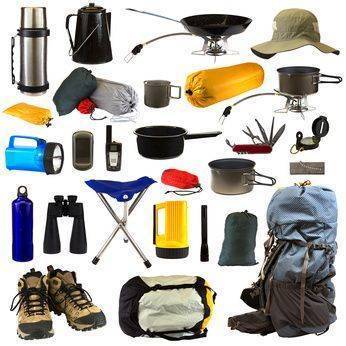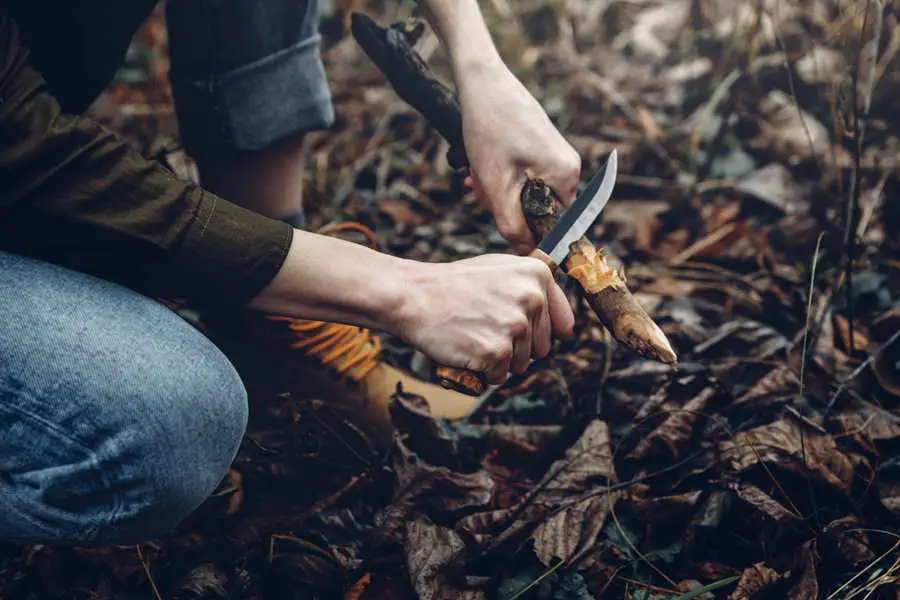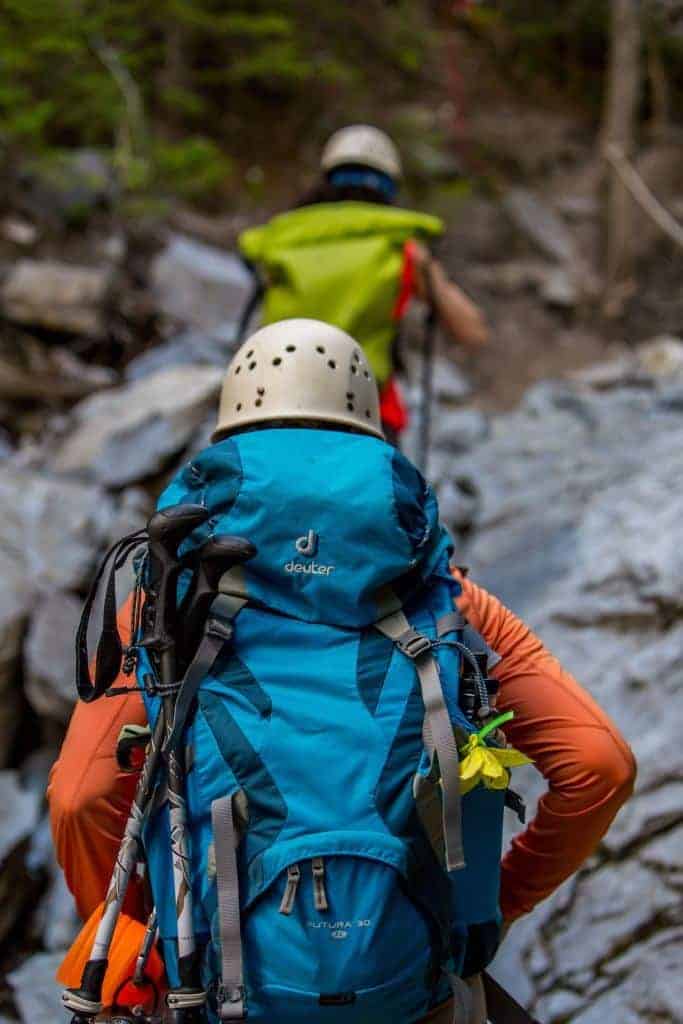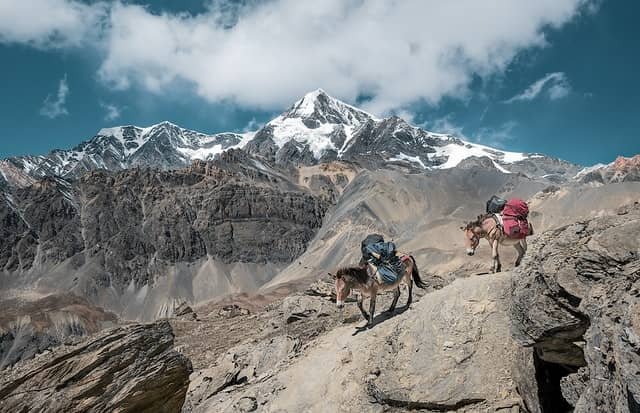There is no doubt that a tent is one of the must-haves for a camping experience to be a success. A tent is mostly required where campers intend to take a nap, after a long day exploring the stunning scenery presented by mother nature. Therefore a camping tent will always be on the top list of items in a hiking backpack during a camp. In this regard, it is important to know how to pack a tent in a backpack.
Of course, correctly packing is one of the daunting tasks most campers experience. The tent is often one of the heaviest items in a backpack, hence the need to appropriately pack it. This helps prevent injuries, back strain, and discomfort while carrying around the bulky backpack. It is essential to note that it can be packed either inside or on the outside of a backpack.

Factors to Consider
Size
Bear in mind the size of the camping tent while picking a backpack. Obviously, a larger one would require a bigger pack.
Space
For that extra space, it is always good to consider a pack with an internal frame as compared to one with an external frame. This will make it easy to fit it into the pack.
Compression Bag
This would come in very handy especially after purchasing a backpack that feels too small for the tent to fit in. This will help to keep it tight so that it smoothly fits into the bag.
Easy Steps on How to Pack a Tent In a Backpack
Lay it flat on the ground
Lay it flat on the ground. The poles should be in their bag and placed along the side of the tent. The poles will assist to hold up the tent, making the packing process easier.
Roll the tent
Roll it up ensuring that the pole bags are in line with the side of the tent in which they are placed in order to make the roll straight. After a couple of rolls, place a tent peg bag in the same position and continue rolling. This will help provide more support for it.
Place the heavier items at the bottom
Put the tent into the backpack while taking into account that heavier items are placed at the bottom of the bag. This means that it should be placed in the middle of the backpack. The sleeping bag usually goes to the bottom since it can be pretty burdensome and in most cases, it is normally the last thing to be removed from the bag.
Position the tent horizontally
Putting the heftiest items at the bottom of the backpack will prevent exerting too much pressure on the back while carrying around the backpack, therefore creating comfort. However, positioning it horizontally is another option. This is convenient for easy access.
Packing a tent from outside:
This process is more or less the same as that of packing inside a backpack. The only difference is that in this case, the tent is attached to the exterior part of the backpack using closed-loop ties, available compression straps or any secure knot.
Factors to Consider
External Frame
Backpacks with external frames are particularly meant to carry some items on the exterior. However, it is still possible to use the ones with internal frames. In the case that a backpack with an internal frame is in use, always check to ensure that the available compression straps are in good condition and suitable for packing it.
Waterproof Bags
Think of getting a waterproof or ziplock bag to secure it in case of rain. Even though tents are waterproof, it is good to ensure that no water gets into them while they are packed up, this prevents a bad experiences when utilizing them.
Disadvantages of Exterior Packing
It can be Easily Damaged
Having the tent packed on the exterior of the bag, it is exposed to branches or any other sharp object that can easily destroy it. Ever imagined spending a night in a torn shelter while it rains?
Falling Off
If it is not properly attached to the backpack then the chances of it failing are very high. If the tent is to be packed on the outside, it should be correctly placed. Imagine realizing late in the night that the tent is missing during a camp!
Quick Tips on How to Safely Break Down a Tent after Camping
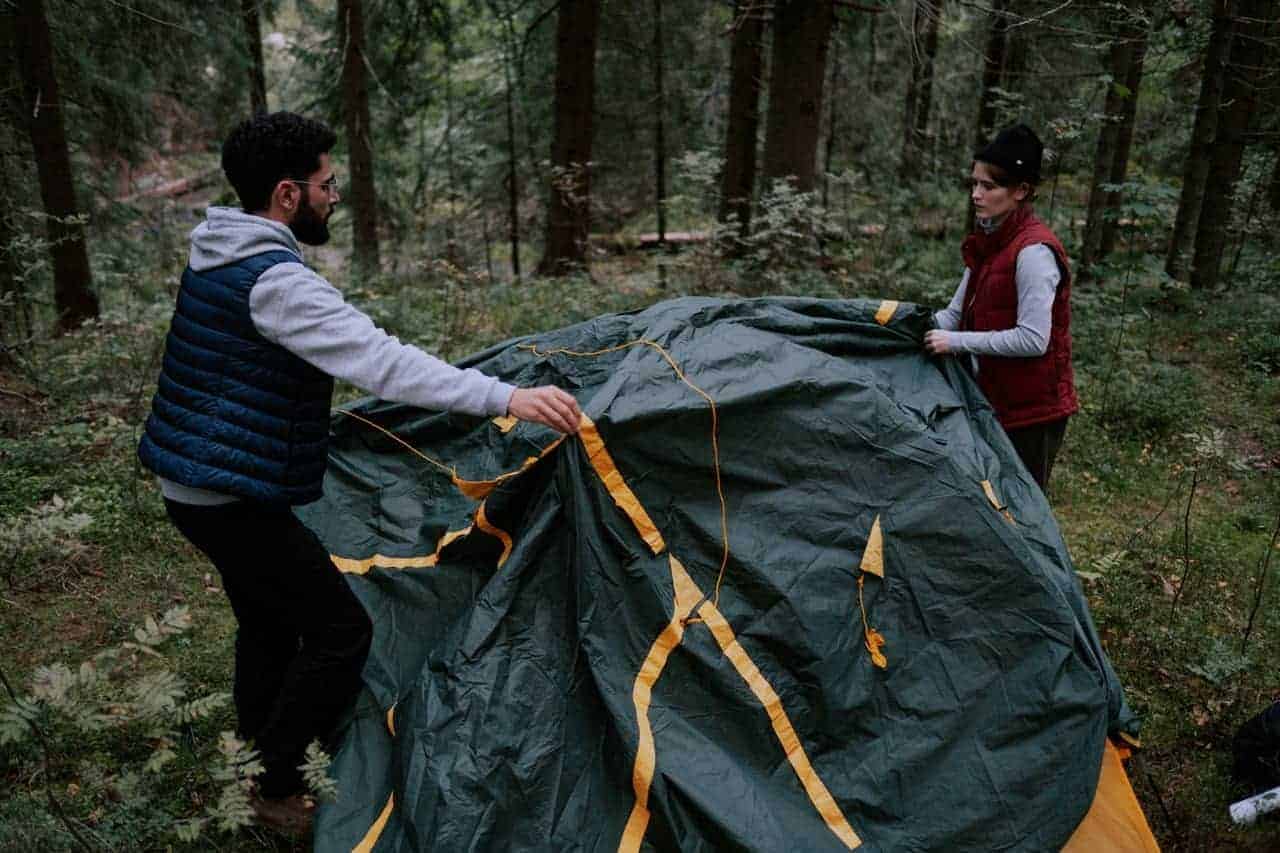
• Shake out the tent to remove dirt.
• Push when removing a shock-corded pole from the tent to prevent putting excessive pressure on the elastic cord.
• Start breaking down the poles from the middle to uniformly distribute pressure along the cord. Do this to all the other half-sections until the pole is fully folded.
• Dry the instant tent for camping before stuffing. It is very essential to do this since moisture can damage the tent.
• Finally, roll up the tent.
How to Clean a Tent
It is very important to clean a tent after any camping trip. This is especially due to the fact that many times they are exposed to fine dust, tree sap, sand, and bird droppings.
Use non-detergent soap
A tent will generally require a basic cleaning procedure. Always use a soft sponge, cold water, and a non-detergent soap to gently cleanse the dirty parts. Avoid household soaps since most of them are perfumed, this attracts insects and rodents.
Never use machines to clean
Another precautionary measure to keep in mind, it should not be cleaned using machines since this can stretch or rip the fabric.
How to Keep Camping Tents in Good Condition
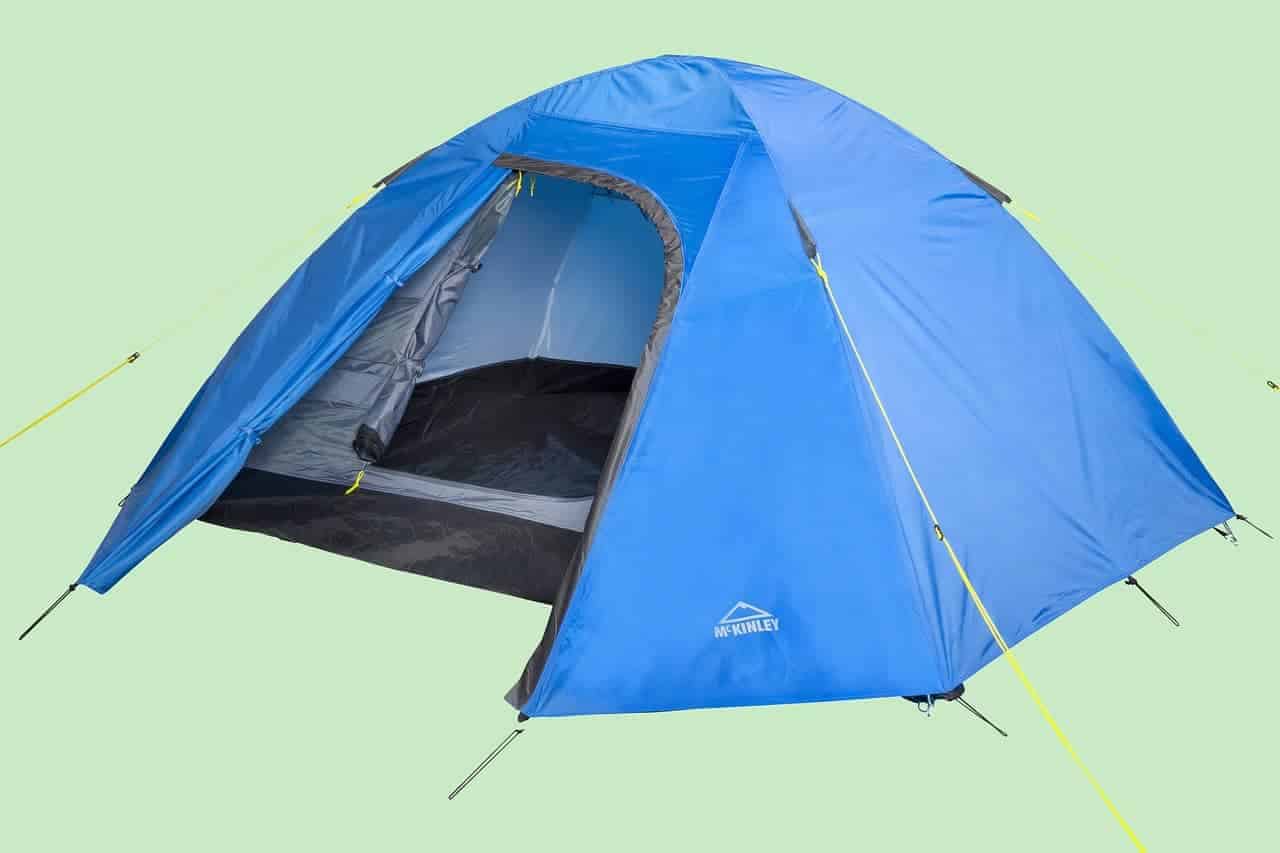
After cleaning, it should be perfectly air-dried. This can take as much time as possible. In case the available space is not adequate, it can be hanged till it dries.
Prior to storing it, make sure it is completely dry. Any moisture in it will do all the harm; from growing mildew to producing a terrible smell and damaging the waterproof coating.
Store in a cool and dry place
Finally, store it in a cool and dry place. The fabric should be able to breathe therefore a mesh bag or an old pillowcase can be the ideal storage.
The life expectancy of a tent is generally determined by how well it is cared for and the conditions of the camping sites. It can last for years when taken good care of.
Conclusion
As living out some essentials while going to a camp can easily spoil the experience, it is advisable to carry only around 20 to 30 percent of your total weight. This is due to the fact that camping or hiking will encompass a lot of moving around. In case of uncertainty, always research packing a tent to avoid back strain.

